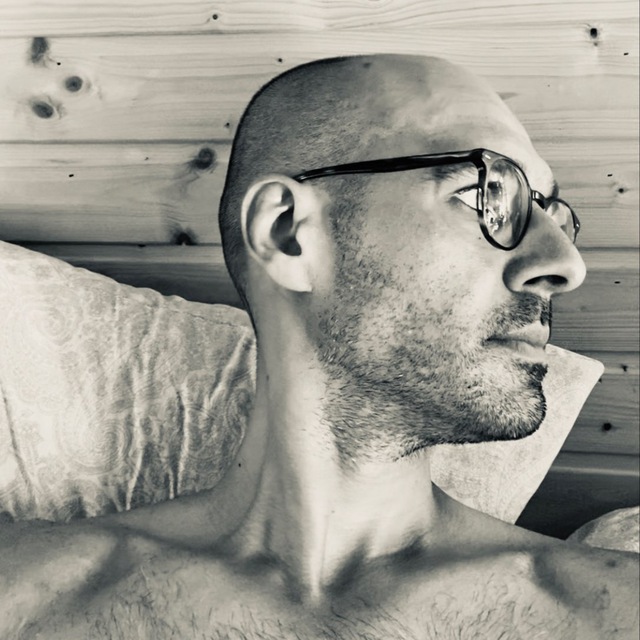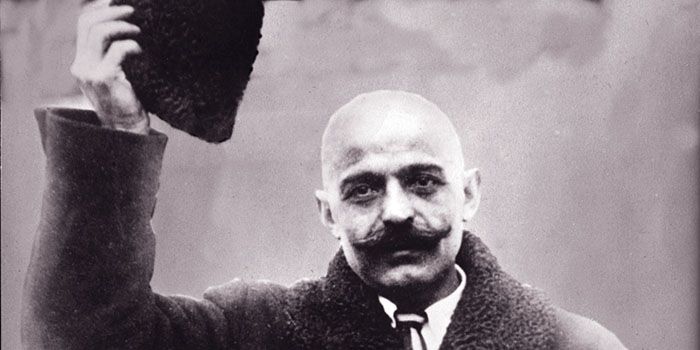The Agora is a Database of Wisdom
Check out our elevator pitch or Sign in
Check out our elevator pitch or Sign in
Blackboard
See what's happening in the agora
Groups
Topics
All Topics
The Universal Life Force – Reconciling Chi, Prana, and Zero-Point Energy
0
0
Critique of Goethe's Faust - A Polemic against Secret Societies
0
0
The Engineering of Spacetime: An Analysis of Torsion Physics, Nazi-Era Research, and Ancient Symbology
0
0
A Unified Examination of Goethe's Epistemology: The Immanentization of the Platonic Form
0
0
Ancient Symbology Surrounding Alchemy Might Have Wider Implications Than You Think
0
0
Beginning the Esoteric Path by Richard Ruach
0
0





This is a very concise summary, but misses the key to power; epistemological warfare. "Wealth" is only a tool if the utility population believes (or has "faith") in its concept of debt-based money. In that way, magic, the management of that belief system becomes paramount.